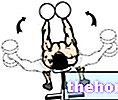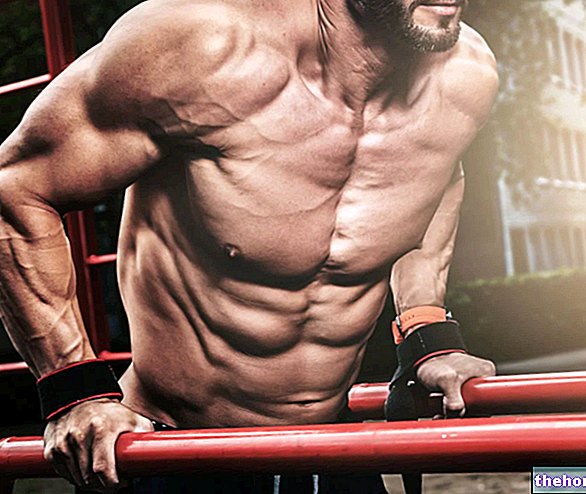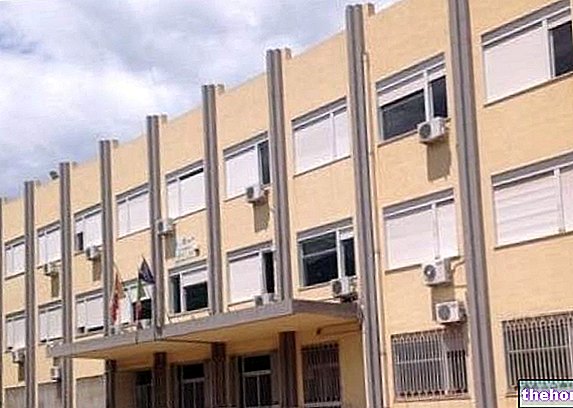Edited by Doctor Alessio Capobianco
Training in the gym is based on the application of overloads, or resistances (weights), on body levers (bones and joints), counteracted by powers (the forces expressed by the muscles).
In practice, a load is administered to the organism to obtain a response and an adaptation proportional to the stressful stimulus.
It is important at this point to know what are the methods of "administering" the load and physical exercise in general, because your instructor in the gym "administers" physical activity as your doctor administers the treatment and drugs, so he must know the how, why and when of that particular exercise for you.
The first step to train the single muscle is ... not to isolate the concept from the general context, that is from our organism.
We must never forget that we are a harmonic set of different organs and systems, with specific and different functions, but in continuous interaction with each other and not a mere union of segments. This means that, as well as the benefits of physical activity, the stresses brought on one of these systems are always reflected and make changes, even on all the others.
For example, leg training will involve the musculoskeletal system, but also the endocrine system, the lymphatic system (responsible for the immune response), the cardiovascular system, and so on. Some systems adapt quickly, others they need more recovery.
The second step, for a correct training is to know the specific action to which the various muscles are responsible. It is here that most of the trainers show the fabric and the skills, in the knowledge of the actions of the muscles.
Otherwise, a series of easily identifiable errors cannot be explained if one had knowledge on the subject. It seems appropriate to review the main "outputs", or myths and legends if you prefer, to give everyone some input to be applied later in the gym.
"High" abs and "low" abs:
Although we continue to talk about it in these terms, know that there are NO HIGH AND LOW ABDOMINALS. There is only one muscle, the rectus abdominis, which runs from the xiphoid process of the sternum and costal sheaths to the pubic symphysis. Its main action is the flexion of the trunk on the pelvis and vice versa. In practice it brings the rib cage closer to the pelvis and vice versa I invite you to consult any medical dictionary or anatomical atlas, possibly professional and non-comic!
Are specific abdominal benches and machines effective for training the abdomen?
It may seem absurd but the answer is almost always NO! Or rather, the abdomen contracts isometrically, statically, it contracts but without producing movement therefore as a stabilizer, and the action of its antagonists, the Rectus Femoral and the Ileo Psoas, lordotic muscles (beware of back pain!) .

Wide grip lat machine to widen the back?
The Great Dorsal adds, therefore approaches, the arm to the trunk. This approach is considerably greater with a medium grip (check the position of the elbow at the end of the pull) than with a too wide grip (see how the arm remains less adducted to the trunk). Yet even today the "most common mistake is just this:" Do you want to widen your back? Wide grip lat machine! "

Slow forward or slow behind for the delts ?:
The main action of the deltoid is the abduction of the arm from the trunk. This action is almost selective in the first 60 ° of movement, however predominant up to 90 °.
Beyond this angle the action of the trapezius intervenes, abduction and elevation of the scapula and, if the load is considerable, help also comes from the paravertebral muscles which will inevitably arch the back, in this case rest your feet on a rise.
Therefore, in straight-up stretches it is important to bring the arm closer to the trunk to work the deltoid in all its Range Of Motion (Range of Motion, from 0 to 90 °).
Analyzing the movement of the slow behind we see how there are limits:
1. does not allow a good adduction of the arm in the negative phase (descent) of the movement, with consequent work subtracted from abduction in the concentric phase (ascent)
2. leverages the entire joint, stressing and overloading its labile structures.
The slow forward does not have these limitations, it is therefore a better exercise to train the muscle, more natural and therefore less risky for the very fragile shoulder joint.

Second part "




























